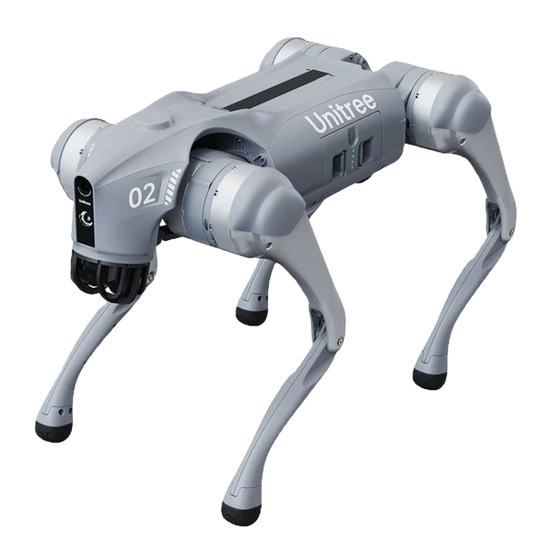Search and Rescue (SAR)
The use of drones in emergency situations to locate missing persons or assess disaster areas quickly and safely.
In emergency management and crisis response, the importance of effective searching and rescuing operations cannot be overstated. These operations have a significant impact on saving lives, especially in instances where time is of the essence. As technology evolves, the integration of tools such as drones and robotics into Search and Rescue (SAR) practices has revolutionized the way responders locate missing persons or assess disaster areas. Understanding terms like Search and Rescue (SAR) is vital for those involved in emergency services, as it enhances both awareness and preparedness in crucial situations.
What is Search and Rescue (SAR)?
Search and Rescue (SAR) refers to the use of drones and robotics in emergency situations to locate missing persons or assess disaster areas quickly and safely. This involves deploying aerial and ground-based technologies that can cover large areas, provide real-time data, and perform tasks that would be dangerous or time-consuming for human rescuers. The evolution of SAR technology not only speeds up the recovery process but also increases the safety of search teams while minimizing risks associated with traditional approaches.
Key Concepts:
Drones: Unmanned aerial vehicles (UAVs) equipped with cameras and sensors that can quickly scout large areas for missing persons or damaged infrastructure.
Robotics: Ground-based machines that assist in exploring hazardous environments, providing visual feeds and carrying out rescue operations in areas inaccessible to human teams.
Real-time Data: The transmission of information from the field back to command centers, allowing for informed decision-making during rescue missions.
Collaboration: The synergy between various emergency services, community organizations, and technological partners to streamline SAR efforts.
Applications and Relevance:
Natural Disasters: Deploying SAR technology in the aftermath of hurricanes, earthquakes, or floods to locate survivors and assess damage in real-time.
Mountain and Wilderness Searches: Utilizing drones to cover vast wilderness areas efficiently, reducing the search time for missing hikers or out-of-bounds travelers.
Urban Response: Assessing collapsed buildings after an earthquake or explosion to locate trapped individuals, minimizing risks for human rescuers.
Maritime Operations: Implementing drones in search missions at sea to quickly locate distressed vessels or individuals overboard.
Challenges and Considerations:
Regulatory Hurdles: Navigating airspace regulations for drone operations which can limit their usage in certain areas.
Technical Limitations: Issues such as battery life, signal loss, and environmental factors impacting the effectiveness of drones and robotics during SAR missions.
Training Requirements: Ensuring that rescue personnel are adequately trained to operate complex technology in high-pressure environments.
Privacy Concerns: Addressing potential privacy violations and public hesitance regarding surveillance from drones during SAR operations.
Future Trends and Innovations:
AI Integration: The use of artificial intelligence to analyze data from drones, improving search efficiency by predicting likely locations of missing persons.
Swarm Technology: Deploying multiple drones that can collaborate in real-time to cover larger areas more effectively and efficiently.
Enhanced Sensor Technology: Developing advanced thermal and imaging sensors that allow for detecting heat signatures or visual clues in adverse weather conditions.
Community Involvement: Leveraging citizen drone pilots and local volunteers to enhance search capabilities during crises and foster community engagement in emergency response.
Search and Rescue (SAR) represents a transformative approach to emergency response, incorporating modern technologies that enhance efficiency and safety. As advances in drones and robotics continue to mature, the impact of SAR on saving lives and managing emergencies becomes even more profound. Understanding SAR not only prepares emergency responders for resilience during crises but also encourages the ongoing development and adoption of innovative solutions in the field of disaster management.














